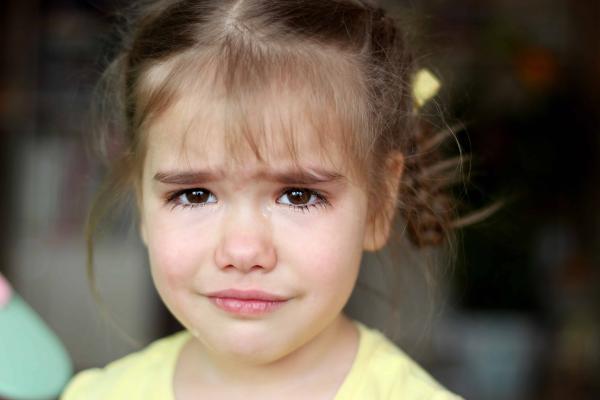
Preventable deaths in the U.S. are climbing higher and higher. What's even scarier is that these deaths most commonly happen in homes, according to the National Safety Council (NSC).
A depressing report card for America
NSC took on a year-long project to give all 50 states a letter grade on safety. Each state was judged on policies they have taken (or failed to take) to reduce risk for preventable fatalities in the workplace, on the road and in the home and community.
Shockingly, not a single state got an "A" grading, and over half of the fifty states didn't pass at all.
While some states did better than others, everyone should realize that a change needs to take place to prevent this avoidable death toll from rising even more.
Preventable tragedies right at home
The vast majority of accidental deaths in the U.S. happen right at home. In a 2015 study (reported in 2016), 121,904 deaths alone occurred in homes and communities, and every single one of them could have been prevented.
The top three home and community fatalities were poisonings, firearms and falls. The report says these at-home fatalities are "seemingly mundane, they are not viewed as significant hazards even though they pose a far greater threat, and disproportionately affect children and older adults."
Such simple precautions could have prevented such a high numbers of tragedies. To save your family from these overlooked hazards, learn more about how to keep them from happening:
1. Poisonings
Poisonings include deaths from drugs, medicines, other solid and liquid substances, gases and vapors. Opioid pain relievers and carbon monoxide are two of the major culprits. Here are the best ways to stop preventable poisonings in your home:
-
Anyone taking prescription drugs (especially opioids) should be fully educated on proper usage, disposal and overdose prevention
-
Keep all cleaning products out of reach from small children
-
Appeal to state government for required carbon monoxide detectors in private residents, schools and hotels
2. Firearms
According to NSC, the overall annual economic impact of all firearm related deaths and injuries is nearly $174 billion dollars. This money is spent on medical and lost productivity costs, criminal justice expenses and lost quality of life. Follow suggestions for protecting your home against preventable firearm fatalities:
-
Don't keep guns in your home or make sure guns kept in your home are in a secure, guarded place where children can't access them
-
Appeal to your state government for better laws on safe gun storage to prevent accidental shootings
3. Falls
Falls are now the leading cause of preventable death among older adult Americans (and the leading cause of death in 10 states). In fact, adults 65 and older have a one in three chance of experiencing a fall each year. Luckily, it isn't aging that causes these falls, but rather preventable causes, like muscle weakness, medication side effects and cluttered or poorly lit areas. Here's how to help your older relatives avoid taking a tragic fall:
-
Elders should participate in a light exercise program to avoid weak muscles
-
Ask a pharmacist about modifying an senior's prescription medication to avoid side effects that cause falls
-
If an older relative is taking a medication with side effects that could cause a fall, always have someone with them to help through any dangerous side effects
-
Educate seniors on fall prevention strategies
4. Choking/suffocating
While choking can bring death to all ages, babies and young children are at a high risk. Kids love to put things in their mouth, whether it be food they shouldn't eat or small toys. Help prevent choking and suffocating in your home by following these safety precautions:
-
Be careful to feed your child only what they can handle - no solids before they can chew, small bites during their early years and no hard candies or gum
-
Look for warning labels on toys regarding choking hazards
-
Get CPR certified
5. Drownings
Drowning is a leading cause of death for children 1 to 14 years old. Child drownings don't typically happen like you'd expect - they're typically quiet and hard to notice while swimming, or happen in shallow liquids you never thought would be a risk. Here are some precautions you can take to prevent this from happening:
-
Start swim instruction young (age 4 or even younger)
-
Install 4-sided fencing around pools and hot tubs
-
Educate yourself and your family on CPR and water safety
-
Appeal to your state for better public pool safety and health regulations
6. Home fires
House fire fatalities have been on the decline for the past few decades, but they still claim thousands of lives every year. Smoke inhalation is actually the number one cause of home fire deaths, not burns. Prevent home fire fatalities in your family by following these precautions:
-
Make sure the smoke alarms in your house are operating correctly
-
Install a sprinkler system in your home
-
Prepare a fire-emergency plan with your family
-
Appeal to your state for better fire alarm system requirements for private and public buildings
When it comes to preventable deaths, the only acceptable number is zero. No family wants to experience the awful tragedy of a death that could have been easily prevented. Luckily, you can count your family safe when you follow the right simple safety precautions.




